The complete guide to home viewing
Get Screen Gab for everything about the TV shows and streaming movies everyone’s talking about.
You may occasionally receive promotional content from the Los Angeles Times.
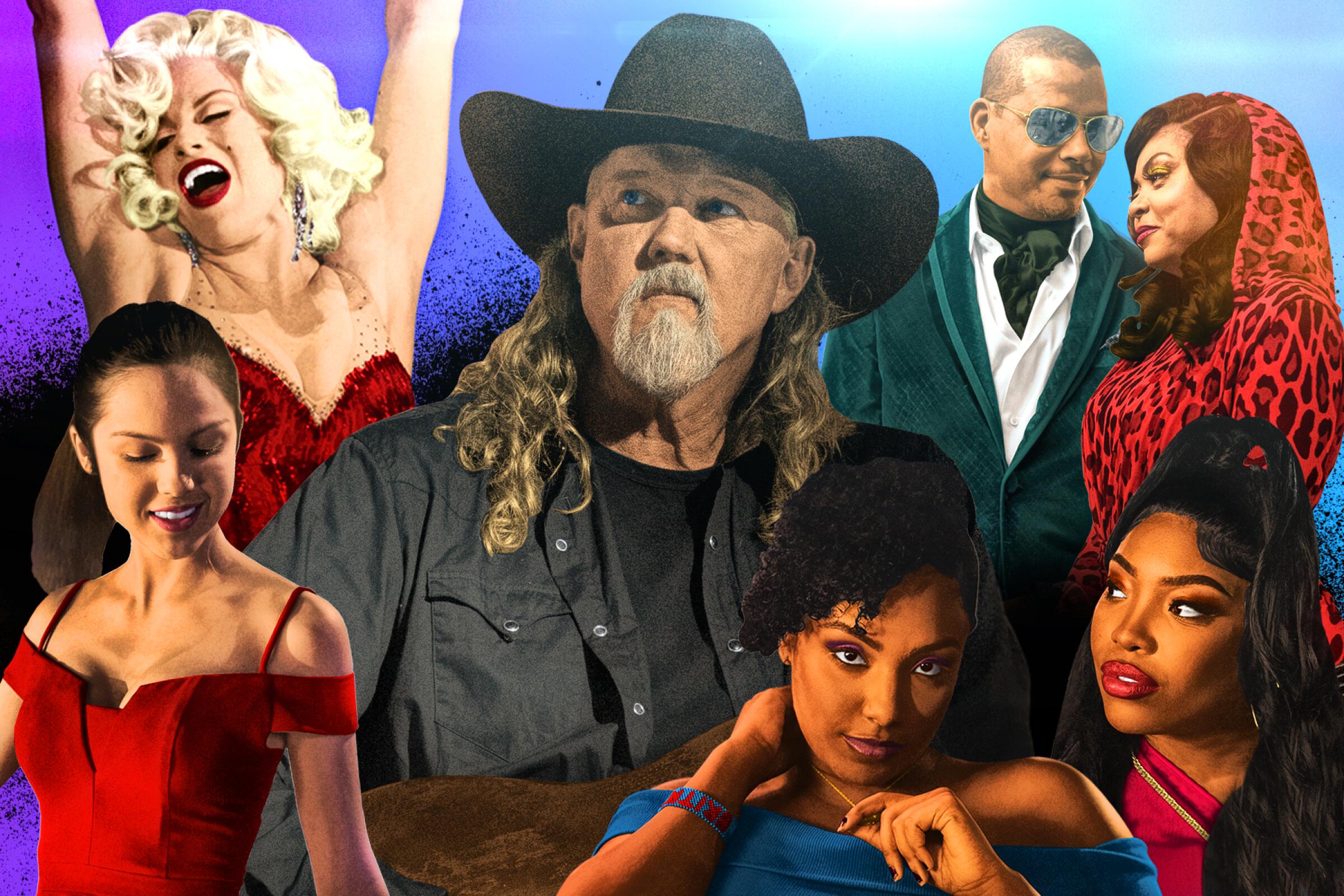
Fox’s “Monarch,” premiering Sept. 11, asks a specific question: “What if the Romanov dynasty was reimagined as a family of country stars in Texas?” says series creator Melissa London Hilfers. “Fox was specifically looking for something in the country music space, and wanted original music to be a big part of the show. They’ve had iconic music shows in the past like ‘Empire’ and ‘Glee,’ so they really know what works.”
Figuring out “what works” when incorporating original songs is a feat achieved only rarely on TV. In addition to the artistic tightrope walk of fitting larger-than-life musical moments to the small screen, the logistics of creating and capturing numerous standout tracks within a constrained production schedule is a shape-shifting puzzle. Yet the payoff, creative and financial, can be substantial. “Empire” and “Nashville” showcased the wide viewership for music industry dramas with strong soundtracks; “Crazy Ex-Girlfriend” demonstrated how to drive a story with sharp musical comedy; and “Bob’s Burgers” has kept the beats of all its genres going for 238 episodes and counting.
The Times spoke to creatives from a range of shows, past and present, about what makes writing songs for television nearly impossible to pull off — and how to make them really sing anyway.
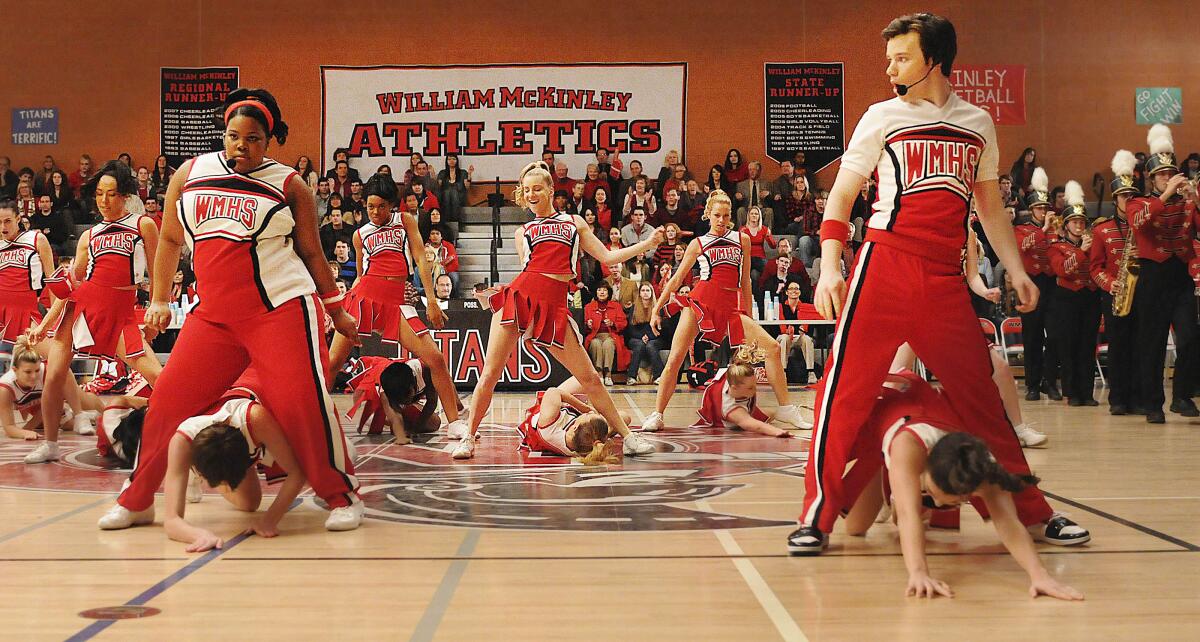
The Fox series perfected a multiplatform strategy: Teen characters singing pop hits earned weekly ratings and iTunes downloads. A second-season experiment with original songs “felt like a natural progression,” says executive music producer Adam Anders. “I was pumped — as much success as we’d found with covers, they’re never as specific to a moment as you want them to be.”
Anders spent the winter hiatus writing songs for the March 2011 episode “Original Song” and needed only the approval of creator Ryan Murphy, “which is a dream, because art by committee is almost impossible.” The catchy outcast anthem “Loser Like Me,” co-written by Max Martin, became one of the show’s most downloaded songs and was included in its concert tour and subsequent movie, despite a “disappointing” campaign for radio play. “The writers started writing originals into the scripts all the time, with no turnaround, which is crazy,” laments Anders. “We were victims of our own success.”

Preproduction for the HBO Max comedy about a newly formed rap duo entailed “long discussions identifying the season’s tentpole music moments — artistic references, themes, plot points the lyrics needed to hit — all of which culminated in a two-day writing camp with these amazing female rappers,” says music supervisor Sarah Bromberg of working with the likes of NCognita, Dreezy and PineappleCITI. “The more runway you have to make your music, the more likely you can craft it to be the right song for the story as well as something that can live in the real world.”
Bromberg scrolls through social media as “an unofficial barometer of whether people like a song — whether they’re talking about it on Twitter or doing dances or lip-syncs to it on TikTok.” And getting Shawna & Mia’s initial composition, “Seduce & Scheme,” playlisted on Spotify is as big a deal in real life as it is in the series. A soundtrack for the Issa Rae-created series is out Friday, and a tour is a possibility: “We want to make this group feel real, and we definitely have songs that would be fun to perform live.”
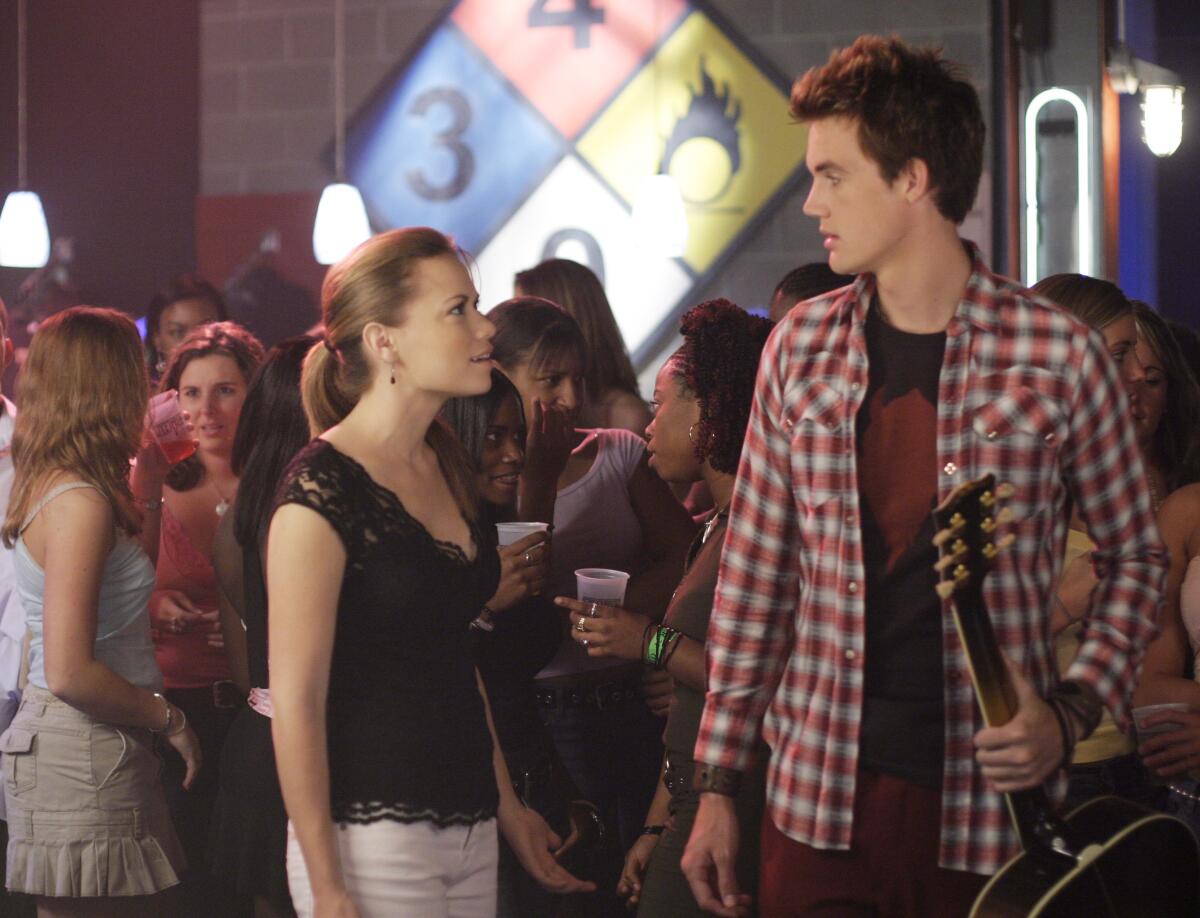
The WB drama transformed Bethany Joy Lenz‘s teen character into an aspiring musician by shopping for existing songs, including Kara DioGuardi‘s rock-driven declaration “Halo.” “I wrote it based on my own life, but it was lying around for months, no one was cutting it,” DioGuardi recalls. “It turned out they were going for that exact sentiment, about someone who isn’t perfect.”
“Halo” debuted in a February 2006 episode and was part of the series’ second soundtrack album; Lenz played the show’s concert tour with fellow “One Tree Hill”-associated artists Michelle Branch and Gavin DeGraw. “As a songwriter, sometimes you have your heart set on placing something with certain artists, but there’s this whole other vehicle you can pitch to and get your work out there,” says DioGuardi. “Your song gets put into these amazing scenes, and because it’s sung by this character people love, it’s infused with even more meaning.”
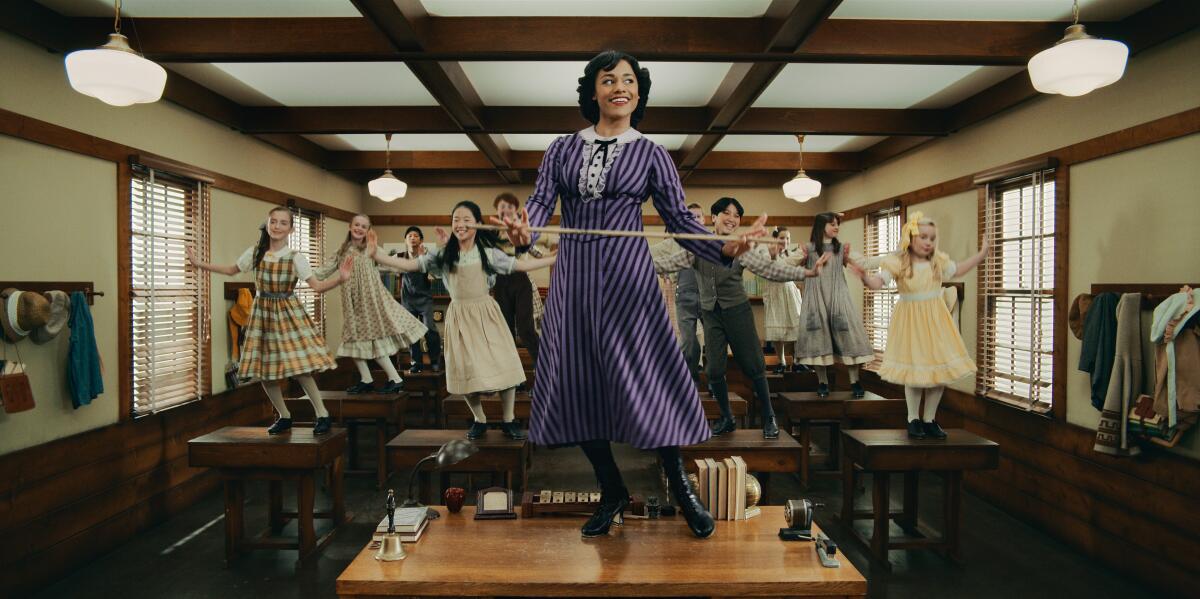
Series co-creator Cinco Paul says he was repeatedly told that a series with songs that parody ’40s and ’50s musicals “would be a big swing, and it is. It’s a pastiche of music that people might consider outdated and corny, and any attempt to modernize these sounds would ruin the whole joke.” Paul wrote nearly all the songs months before production, in tandem with the scripts: “I’d put on little concerts for the writers room to see what they thought.”
The only notes from Apple TV+ — which Paul heeded for “Schmicago,” spoofing well-known ’60s and ’70s musicals — pertained to song length. “A longer song isn’t a problem onstage because they’re right in front of you, and there’s ways to vary a number visually and musically to really earn that time. But on TV, once they’re singing over 2½ minutes, it just feels longer, and you don’t want to push the audience’s patience.”
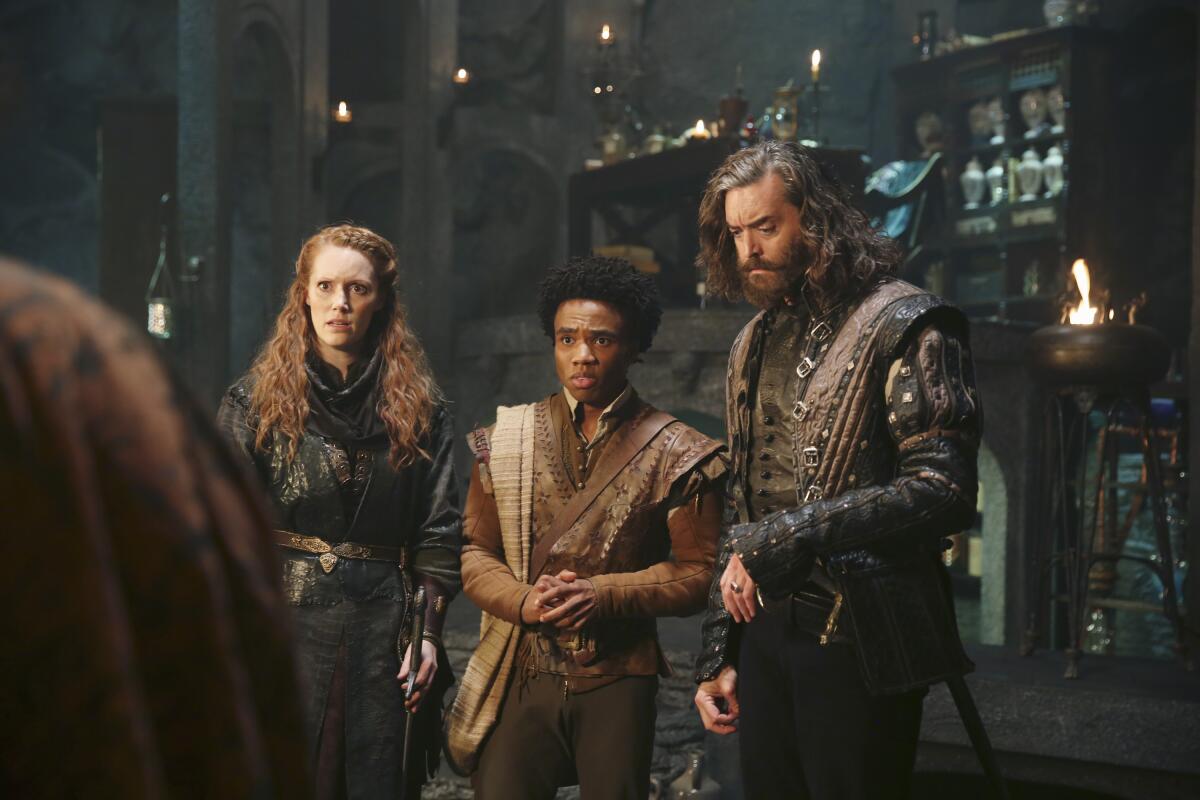
When writing subversive, punchline-packed songs for Dan Fogelman’s adult fairy tale, “We’d sometimes get notes [from ABC] saying, ‘It needs to be more adult, push the envelope a little bit,’ and we did,” says lyricist Glenn Slater. “But then we were running at 8 o’clock on Sundays, which is family hour. It was definitely being marketed as ‘Wonderful World of Disney,’ when we were aiming more for Mel Brooks or Monty Python.”
Though the two-season 2015 comedy was fun to make, “If you’re going to do a musical series, you have to make sure that everybody is looking at the same thing, wanting the same thing and taking all the right steps to prepare for the same thing,” advises composer Alan Menken, also referring to Disney+’s scrubbed “Beauty and the Beast” prequel series. “It’s important to be a flexible collaborator and roll with the changes, but everybody involved with the project has to be in agreement about what it is. Otherwise, you’re just diving into grief.”
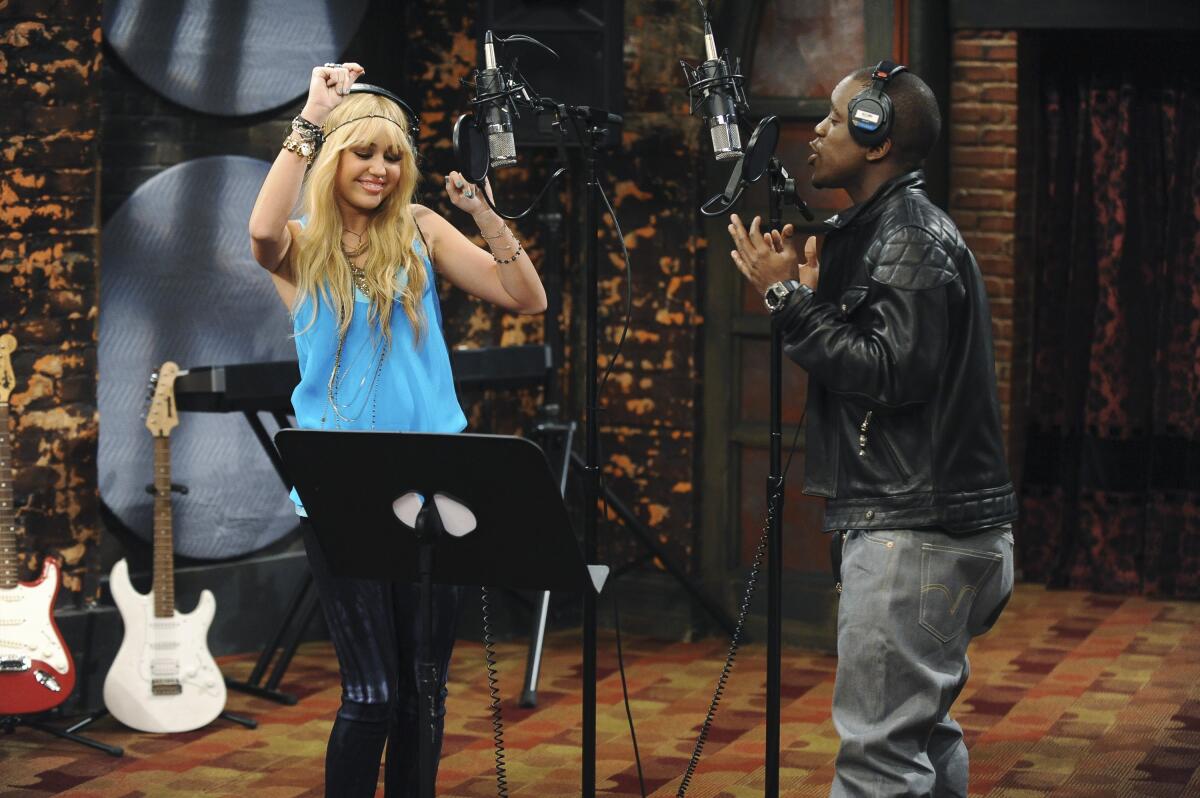
From its 2006 debut, the Disney Channel sitcom often aired songs in snippets. “Even if only 40 seconds of it made it into the episode, we’d create a whole song as something you’ll listen to from beginning to end,” says music producer Matthew Gerrard. That follow-through was key, since those full-length tracks — which he describes as “catching people on the first listen, and interesting enough so you’re not sick of it by the 10th listen” — were played on Radio Disney, included on albums and performed on tours.
Gerrard, who also wrote for “Big Time Rush” and the “High School Musical” movies, ensured Miley Cyrus’ scripted songs were both believably from her pop phenomenon character and executable by the person playing her: “These songs weren’t sung just once for the episode and then never again. They had to be vocally exciting but not too hard that they couldn’t be performed night after night.”
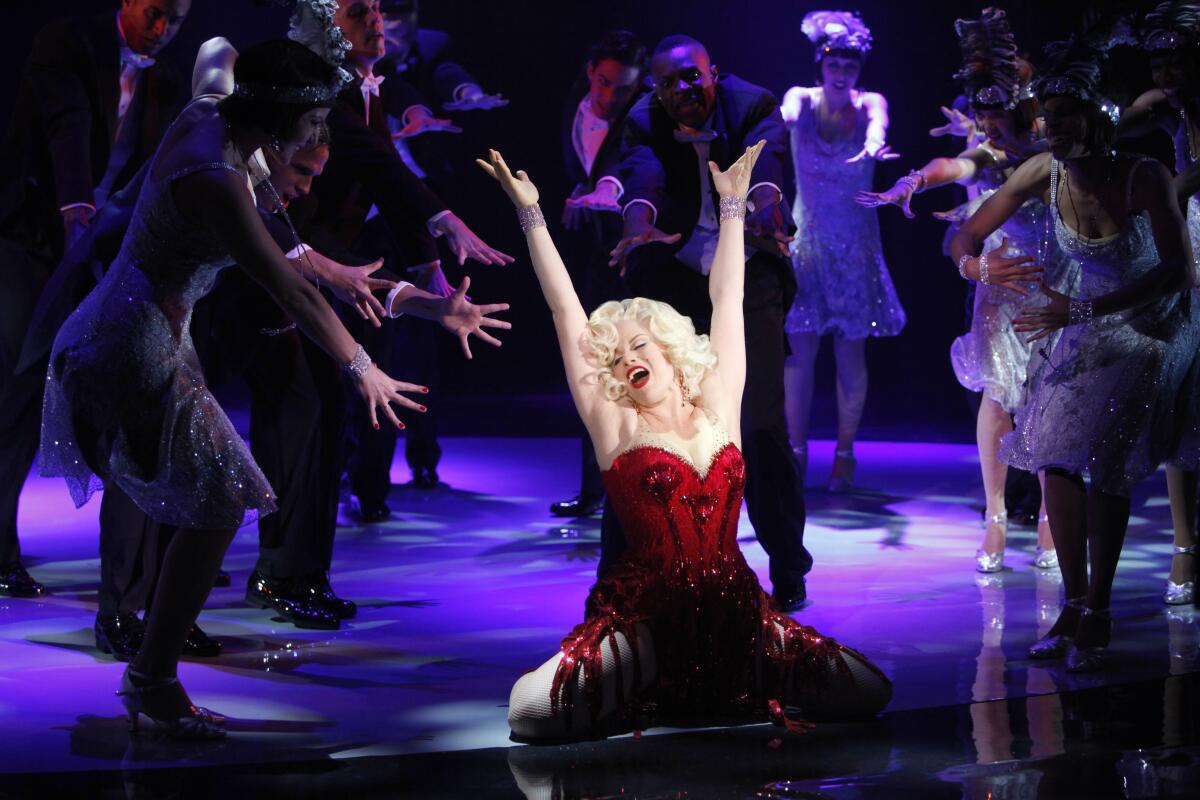
Scott Wittman and Marc Shaiman’s songs spoke to both the series’ onstage Marilyn Monroe biomusical and the offstage drama of mounting such a production. However, the songwriting partners “were forbidden from entering the [writers room],” says Shaiman. Wittman’s workaround: “I’d run around and whisper ideas into writers’ ears. I don’t know if they really understood that we’re storytellers as well.”
The duo spent months crafting the 2012 pilot’s three songs but later, “We’d sometimes write a song on Monday, record it on Tuesday, stage it on Wednesday and film it on Friday,” says Wittman. “They kept wanting to cut down songs,” adds Shaiman, “so I put odd key changes that made it harder to cut parts out.”
When episodes aired, “People were hate-watching it for reasons we’d probably have agreed with, but the songs got great reactions,” says Shaiman. A decade later, the NBC series is being reworked into its own stage musical. “People are still auditioning with ‘Let Me Be Your Star,’ there’s hundreds of covers of ‘They Just Keep Moving the Line’ on YouTube,” adds Wittman. “These songs have entered the canon. They’re what ‘Smash’ is best remembered for. I’m proud that they live on.”
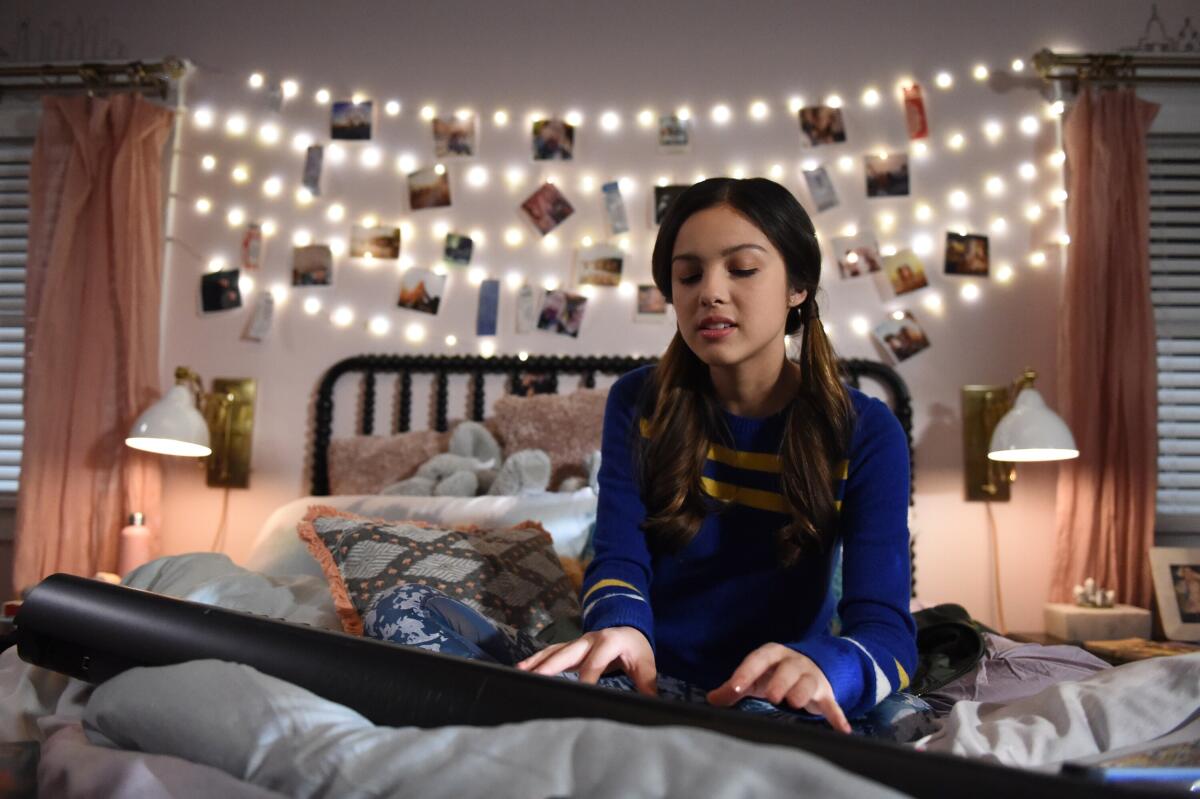
The Disney+ series allows its actors to write songs for the characters they play. “In the casting process, Joshua Bassett and Olivia Rodrigo each sang songs they’d written, and were pretty damn good,” says Steven Vincent, Disney Branded Television’s senior vice president of music and soundtracks. “[Showrunner] Tim Federle thought hiring actors who are songwriters adds authenticity to the show, which is important to today’s generation.”
Vincent keeps an eye on YouTube, where Rodrigo’s Season 1 composition “All I Want” exploded with millions of views and countless fan covers. “The winning metric of a song isn’t sales, it’s time — how long are people streaming these songs? How many people are doing their own versions?” he says. “We used to pick what we thought would be the big single, but we’ve since learned to listen to the audience. They clearly tell you which song they’re connecting with by how they interact with it.”
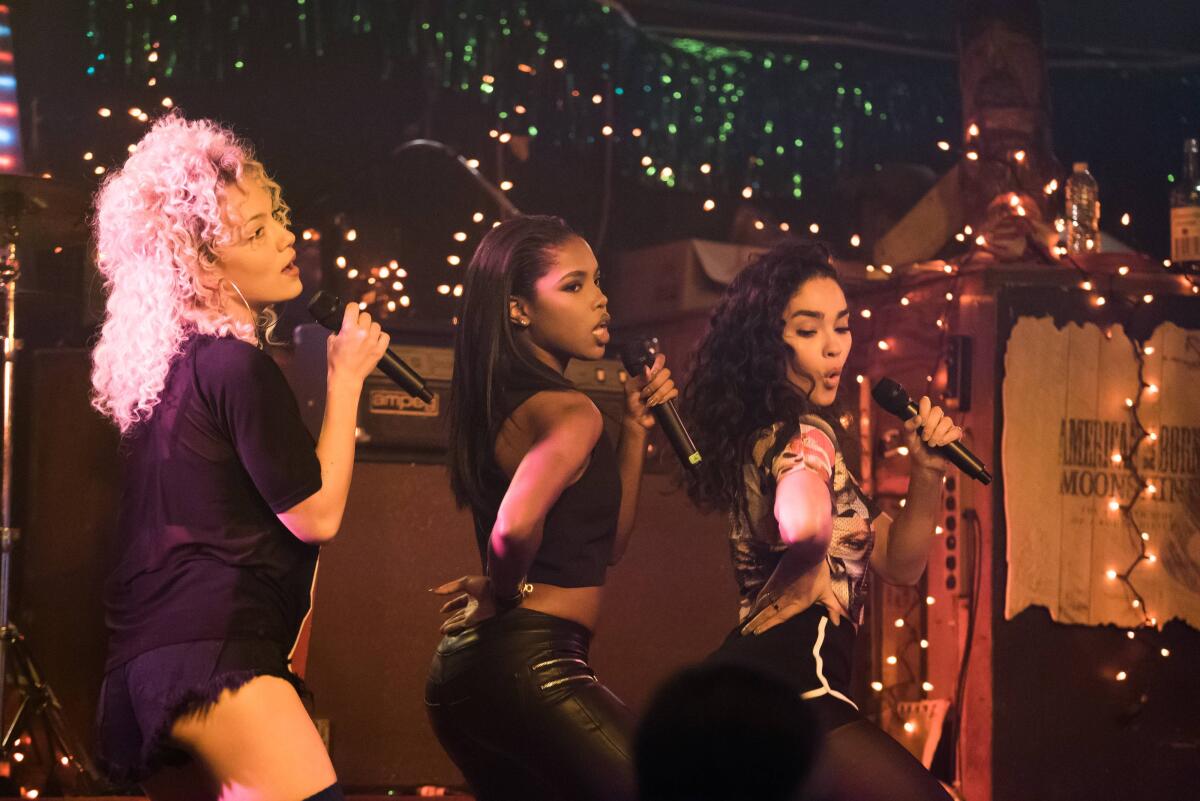
Greenlighted in the wake of “Empire‘s” success, Fox’s industry drama tasked supervising music producer Johntá Austin with creating “songs that weren’t script-specific, because the goal was also to have them exist outside the show,” he recalls. “[Co-creator] Lee Daniels just wanted great songs and would shape the story around them. Looking back, we missed opportunities to get those songs on the radio or in commercials.”
Producing multiple musical numbers per episode — written during fruitful preseason writing camps — became easier once an on-set recording studio was built. But though the three-season series boasted a cast including Queen Latifah, Lenny Kravitz and Brandy Norwood, its R&B girl group didn’t seize center stage. “The intention was to launch these actors as artists, but only one of the three really had that desire,” says Austin. “With these music shows, everybody has to be on the same page about a goal like that.”
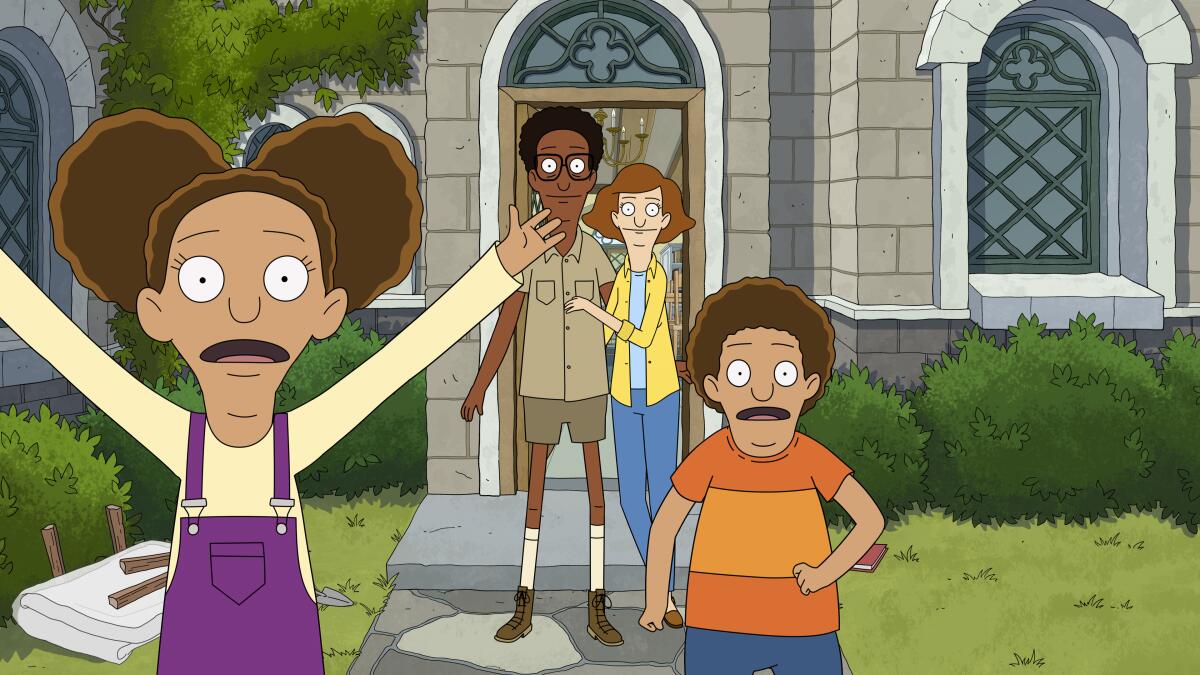
Any given episode of the Apple TV+ animated series “could have an ‘80s hair band song, an electronic dance song, a hip hop song and a big musical theater song” written by the likes of Sara Bareilles, Utkarsh Ambudkar, Cyndi Lauper and Wyclef Jean, says music producer Nadia Digiallonardo. “We learned that if we have certain musical elements in every song, that helps keep everything rooted in the same world.”
It turns out the signature sound of the show, created by “Bob’s Burgers” alumni, is a blend of grandiose and quirky achieved by pairing sweeping strings with toy pianos, omnichords and unusual percussive sounds like light shakers and washboards. “We think about what the fully produced-version would be, and then figure out how to pare it down,” says music producer Rich Mercurio, referencing NPR’s Tiny Desk Concerts. “A track might have twenty instruments, but it’s the only way to get that familiar feel throughout an episode.”
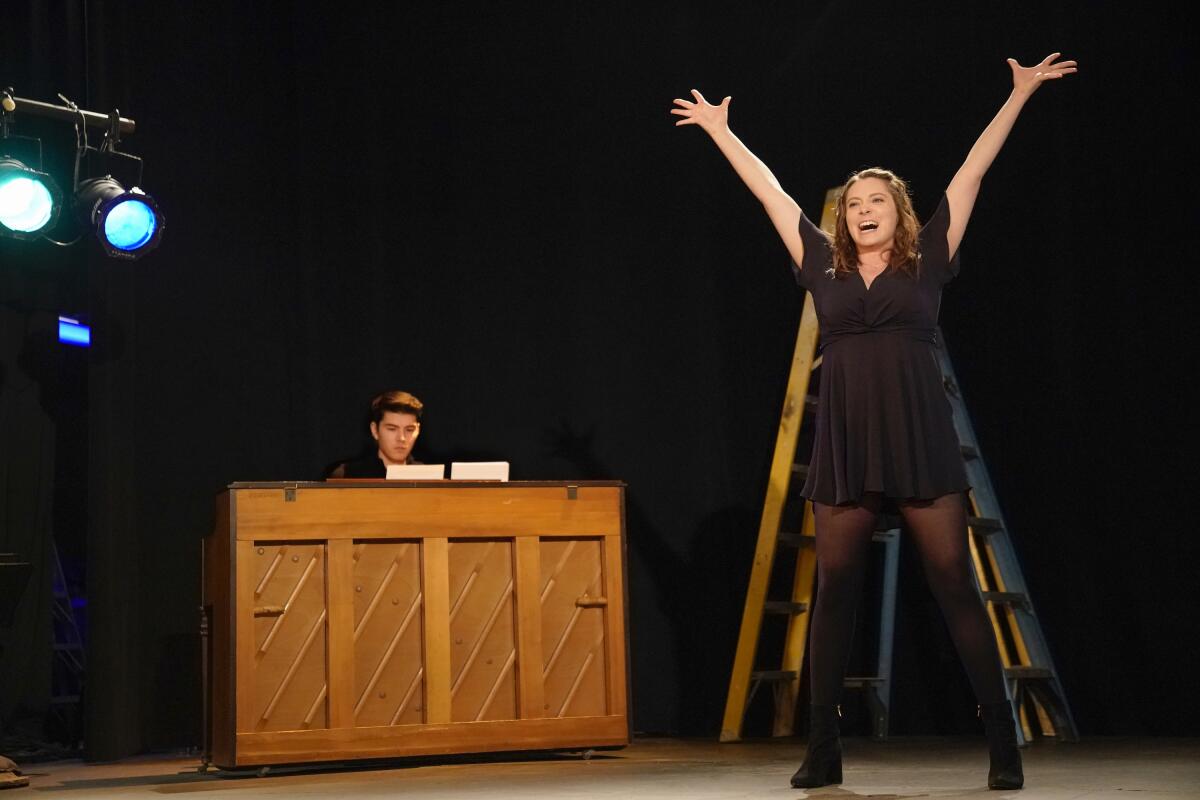
Besides co-creating and starring in the four-season CW comedy, Rachel Bloom co-wrote the songs with Jack Dolgen and Adam Schlesinger, and scripted and supervised the edits of every musical number, which often parodied genres while pushing the story forward. “The show was a musical because it was about a person trying on different identities,” says Bloom. “Every song was a completely different world, so it made our budgets way higher.”
That’s why some mid-season sequences are still highly stylized and fantastical but take place in the show’s bar setting. “We were out of money, but we made it work,” she says. “I always said to the line producer, ‘We can write anything. We can justify a song that takes place in a black box with no set. You have to tell me what money we have.’ It was always a conversation between creativity and budget; all the departments should be in constant communication.”

Because co-music supervisor Anders sees country music as a genre that’s “all about lyrics,” he regularly messaged series creator Hilfers to ensure his verses and choruses aligned with their scripts. He collaborated from Los Angeles with his Sweden-based writing partner, Peer Astrom, and numerous songwriters in Nashville, where the songs were recorded. “Country has to be recorded properly, in a studio with live musicians,” says Anders. “Because of the pandemic, I had people setting up cameras and computers all over Nashville so I could communicate with everyone.”
Since the show’s characters span three generations, so do the subgenres and influences of its songs. Anders suspects Fox might be eyeing the concert and album sales successes of past music-driven TV shows — which could happen. “Country is still a very tactile music world. Those fans are like the only people that still buy CDs.” Adds Hilfers, “If fans of the show want more, we want to find a way to give it to them.”
The complete guide to home viewing
Get Screen Gab for everything about the TV shows and streaming movies everyone’s talking about.
You may occasionally receive promotional content from the Los Angeles Times.